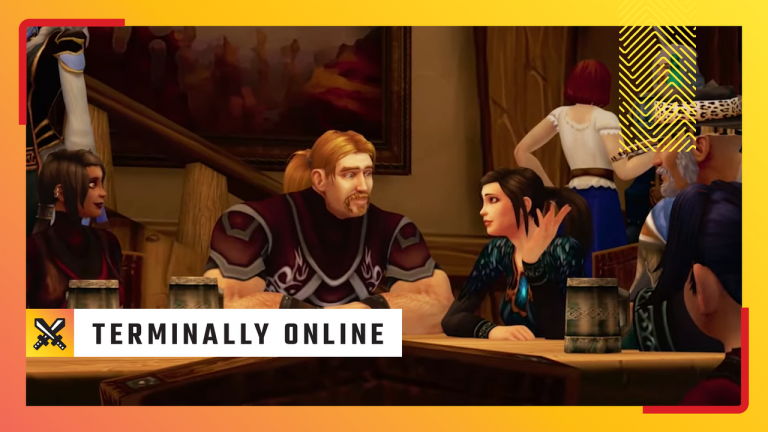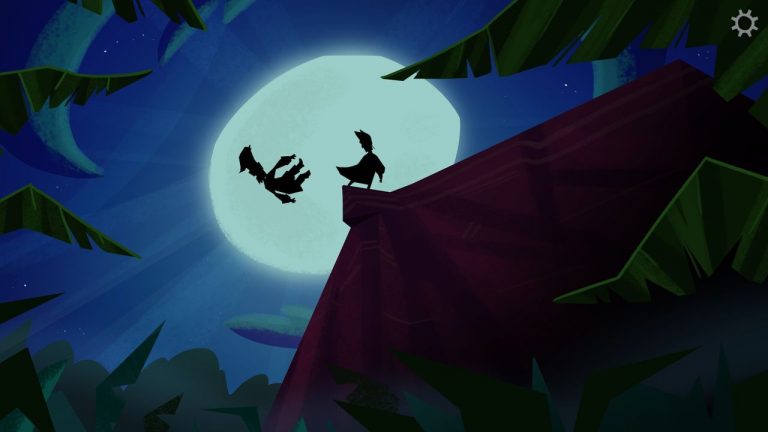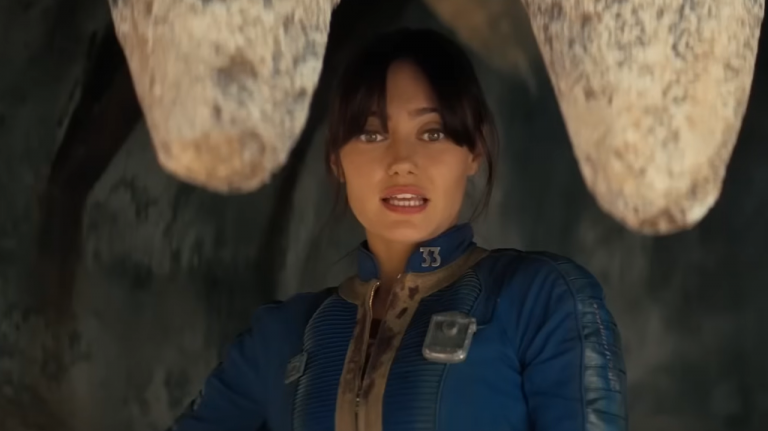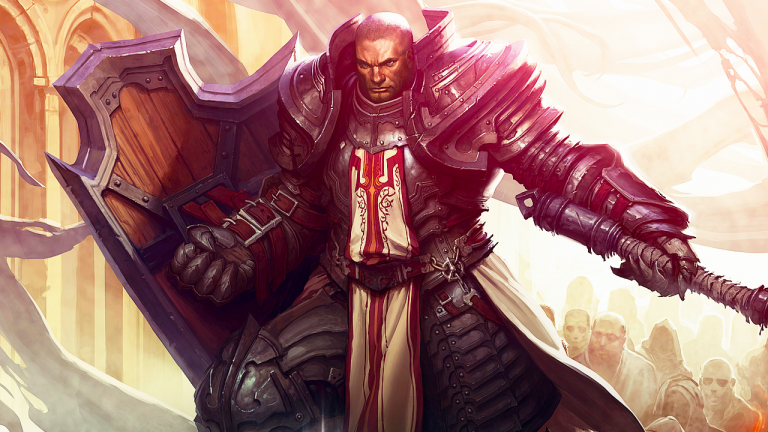At Gamescom last week, PC Gamer’s Harvey Randall sat down with the devs of The Elder Scrolls Online to talk about where the game’s headed in its 10th year and how it’s changed along the way. For Matt Firor, studio director of ESO developer Zenimax Online Studios, those ten years have been a testament to Zenimax’s willingness to reshape the game for the better.
ESO has seen some drastic evolutions since its April 2014 launch—a launch that earned the game a less-than-stellar reception. A year after its release, ESO underwent its first major redirection, dropping the traditional MMO mandatory monthly subscription model and reworking its crime and justice systems. Its next overhaul came in 2016’s One Tamriel update, which removed faction barriers and replaced area level requirements with a scaling system that allowed players to adventure wherever they wanted.
Since then, ESO’s Tamriel has only gotten bigger: expansions have added the Khajiit homeland of Elsweyr, reopened the Oblivion Gates, let players return to Morrowind and Skyrim, and more.
“Sitting here at the 10th anniversary, you can take a 30,000 foot view and see just how much change we’ve introduced to the game over time,” Firor said. “Not being afraid to change things when they really need to be changed; that’s the philosophy we use. The game industry changes, player habits change, the platforms change. That change is a constant is something we embrace.”
Despite that willingness to change, asked whether he’d have taken a different tack 10 years ago if given the opportunity, Firor said that even ESO’s early stumbles proved valuable in the long run. “I don’t think I would have changed a thing,” Firor said.
There’s a temptation, looking back on ESO’s history, to say that Zenimax shouldn’t have launched with a mandatory subscription. But, Firor said, assessing the game in real time as players were engaging with it let the studio find a better solution than it would’ve otherwise. “We knew much more about the game when we went to a new revenue model,” Firor said. “We knew better how to design it, and we never would have had that insight.”
Rich Lambert, creative director for ESO, agreed, but said he would’ve given himself one bit of advice if he was starting the journey over again. “The only thing that I can possibly think of would be to pick the game that you want to make,” Lambert said. Some of the game’s early struggles, he said, came from trying to juggle two competing visions for its direction.
“It wasn’t quite MMO enough; it wasn’t quite Elder Scrolls enough. We tried to pick that happy place between there,” Lambert said. “It wasn’t until we said it’s Elder Scrolls first that really shaped things.”
While ESO has only benefited from reorienting itself to elevate its identity as an Elder Scrolls game over anything else, Firor and Lambert said it was a complicated reinvention. As an example, they described how in early versions of the game, half of ESO’s quest design made heavy use of “phasing” content, similar to how some of World of Warcraft’s areas change dramatically based on where the player is in a storyline. In ESO, it meant players adventuring together would repeatedly watch their friends disappear as they entered an area because they were at different stages of the relevant questline.
“It was done with honorable intentions,” Firor said, but it “ruined the multiplayer aspect of the game.” The solution, Lambert said, was to go through the Sisyphean torment of redesigning all those phased quest areas. “That was six months of my life post launch,” Lambert said. “Six months, just going through and fixing that stuff.”
The effort, it seems, has paid off: As of April 2024, The Elder Scrolls Online has made nearly $2 billion.












